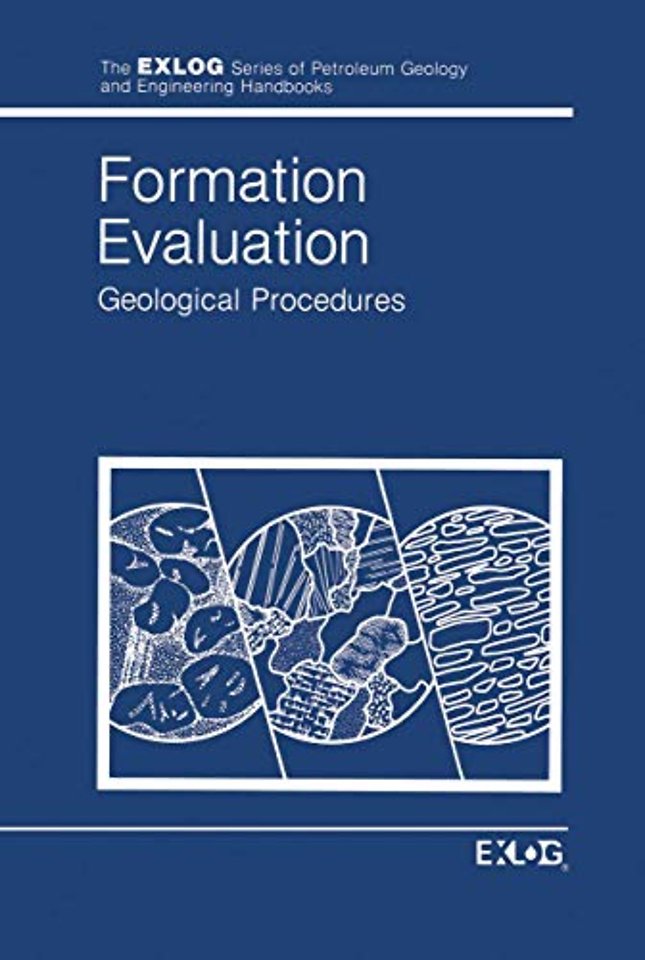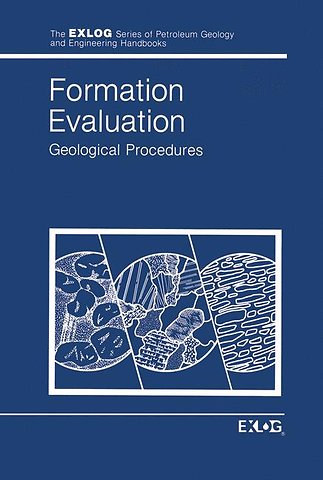Formation Evaluation
Geological Procedures
Paperback Engels 2013 9789401088619Samenvatting
Petroleum Geology is a complex discipline, drawing upon data from many technologies. It is the function of Well site Geologists to integrate processed data produced prior to and dur ing the drilling operation With their own geological observations. For this reason, it is necessary that geologists appreciate some of the technology, theory of measurement, and processing of this data in order to better assess and use them. In the Field Geologists's Training Guide (Exlog, 1985) and Mud Logging: Principles and Interpretations (Exlog, 1985), an introduction is given to the scope of petroleum geology, and the techniques of hydrocarbon (oil and gas) logging as a reservoir evaluation tool. This handbook is intended to provide the Logging Geologist, and those training for a Consultant Wellsite Geologist position, with a review of geological techniques and classification systems. This will ensure the maximum development of communicable geological informa tion. Whether a geologist's work lies in this direction or in the more applied field of pressure evaluation, it is the application of geological insight to engineering problems that distinguishes the professional logging geologist in the field. This book will be of interest to and become a regular reference for all geologists. 1 INTRODUCTION CUTTINGS RECOVERY 1. 1 In an ideal borehole and mud system, cuttings would be transported to surface with the same order and composition as they were cut, as in Figure 1-1.
Specificaties
Lezersrecensies
Inhoudsopgave
Rubrieken
- advisering
- algemeen management
- coaching en trainen
- communicatie en media
- economie
- financieel management
- inkoop en logistiek
- internet en social media
- it-management / ict
- juridisch
- leiderschap
- marketing
- mens en maatschappij
- non-profit
- ondernemen
- organisatiekunde
- personal finance
- personeelsmanagement
- persoonlijke effectiviteit
- projectmanagement
- psychologie
- reclame en verkoop
- strategisch management
- verandermanagement
- werk en loopbaan

